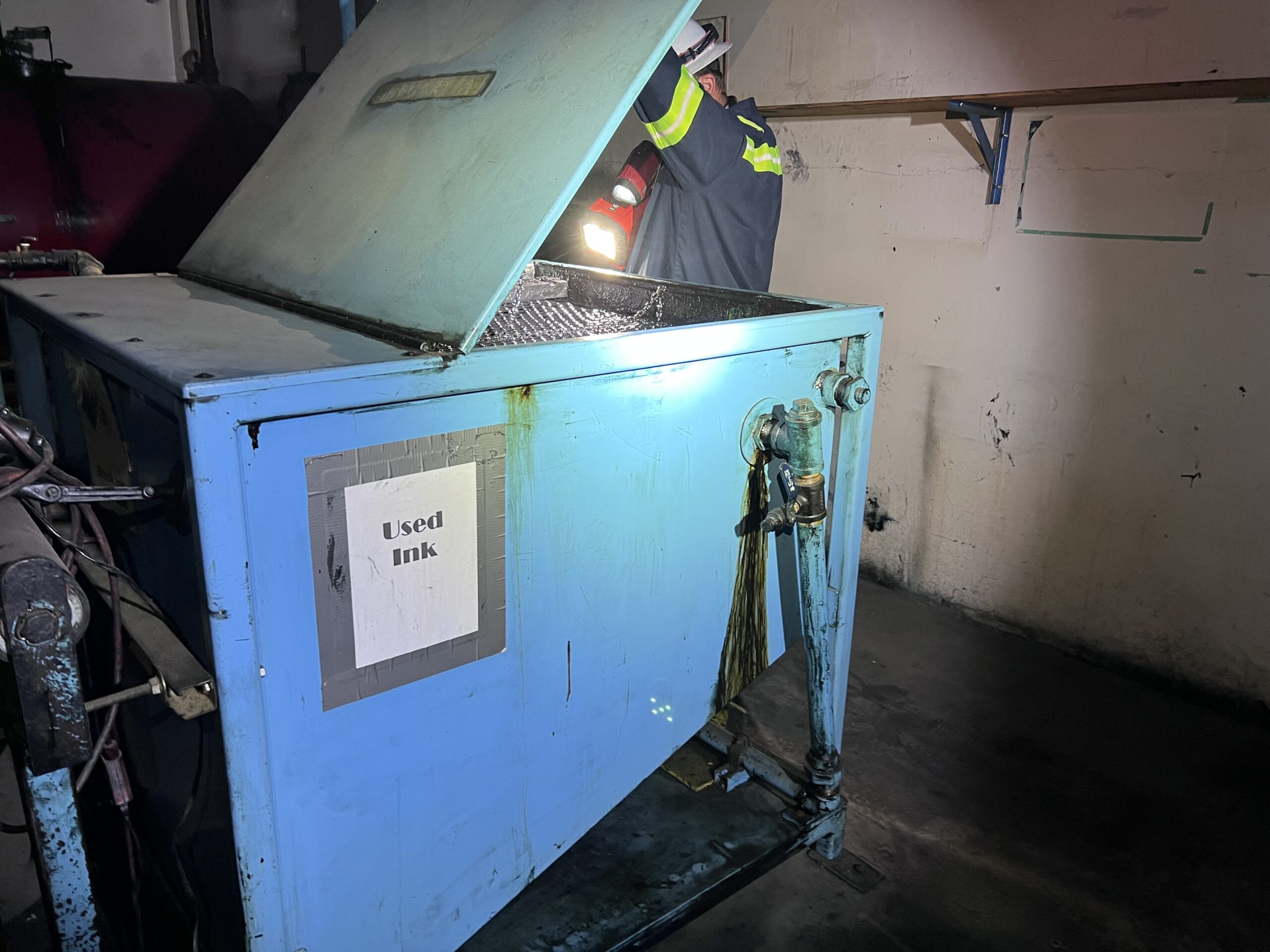4  Common Hazardous Waste Tests You Need to Know About
Common Hazardous Waste Tests You Need to Know About
Common haz waste tests
If you’re unsure what kind of hazardous materials you might be in possession of, it’s absolutely essential to have hazardous waste tests performed.
Whether it’s due to poor labeling, improper storage, or some other factor, it’s not always clear to customers what kind of waste they’re dealing with when looking for disposal options. When this becomes the circumstance, any reputable disposal company will inform you that testing is mandatory. Disposal companies are typically required by law to determine what type of material they will be picking up, transporting, and disposing of.
In order to do that, hazardous waste tests are utilized. Here are some common examples.
Toxicity Characteristic Leaching Procedure
The Toxicity Characteristic Leaching Procedure (TCLP) is a soil sample extraction method for chemical analysis used to determine whether or not a material is characteristically hazardous (D-List). It is employed as an analytical method to simulate the process of leaching through a landfill and is one of the more common hazardous waste tests.
The Environmental Protection Agency (EPA) states, in more scientific terms, that the TCLP is used to “determine the mobility of both organic and inorganic analytes present in liquid, solid, and multiphasic wastes.”
If any of the waste tested using the TCLP method fails the test for one or more of the compounds listed in 40 CFR 261.24, the waste must be deemed hazardous, unless there is an exemption that may be applied.
To read the full EPA procedure, which is very technical, click here.
You may not be concerned about the details that go into the TCLP, but you should know that in instances where you have unknown material, testing will be required and this is just one of the more common tests utilized in doing that.
Ignitability (Flash Point)
When it comes to determining whether or not the unknown material you’re in possession of is ignitable or not, the flash point test is what’s typically utilized.
The flash point of a material is the lowest temperature at which vapors of it will ignite, provided that there is an ignition source. It’s typically used to distinguish flammable liquids from combustible liquids.
Measuring a material’s flash point can be done using two different methods: open cup and closed cup.
Open cup testing involves using a container which is exposed to outside air. The temperature of the substance is increased gradually and then a source of ignition is moved over the top of it until it reaches a point where it flashes and, ultimately, ignites.
On the contrary, closed cup testing involves conducting testing in a container that is closed off to outside elements. The lid of the container is sealed and an ignition source is then introduced inside of the container itself. Closed cup methods are often better at simulating real-life conditions, such as those that may occur inside of a fuel tank, etc.
Both tests have their advantages and disadvantages, but both are the standard when it comes to testing for ignitability.
Polychlorinated Biphenyls (PCBs)
Polychlorinated Biphenyls (PCBs) are man-made organic chemicals which consist of carbon, hydrogen, and chlorine atoms. The chemical and physical properties of PCBs are determined by its number of chlorine and their location within a PCB molecule. They were used in industrial and commercial construction until being banned in 1979.
Products produced prior to 1979 are still present in many places and include:
Oil-based paints
Adhesives and tapes
Thermal insulation material
Cable insulation
Floor finish
Fluorescent light ballasts
Testing for PCBs can be done in a variety of different ways.
To test potentially contaminated materials such as caulk, soil, and sand, bulk solid samples are needed. This method involves collecting an area of the material in question, by removing it, and sending it off for lab analysis.
For porous surfaces, wipe sampling is typically not adequate. Potentially contaminated areas should be removed on a bulk basis for analysis. Since porous surfaces often include brick, masonry, and concrete, tools like chisels or drills may need to be used.
Wipe sampling can be utilized for non-porous surface samples and can be done by wiping the area with a gauze pad or glass wool that has been saturated with hexane.
For air samples, testing should be completed in accordance to TO-10A and TO-4A. The TO-10A method is based on the adsorption of chemicals from ambient air on polyurethane foam (PUF) or a combination of PUF and granular sorbent using a low-volume sampler. On the other hand, TO-4A is centered around the adsorption of chemicals from ambient air on PUF using a high-volume sampler.
If you believe you have PCBs in your building or any material you have, these are usually the tests that will be run to determine if that’s the case.
pH Testing
Corrosive materials, such as sulfuric acid from car batteries, are among the most common hazardous wastes. The EPA uses two ways to identify liquid and aqueous corrosive hazardous wastes.
One of those ways is by conducting a pH test.
These tests are carried out by using pH indicators, which are chemical compounds added in small amounts to a solution so that the pH of the solution can be seen. Typically the indicator changes the solution’s color, depending on the pH level.
If you have unknown liquids sitting around in unlabeled containers, pH tests are absolutely crucial. It might be something neutral, or it may be something like battery acid or hydrochloric acid, which absolutely needs to be handled as hazardous waste.
Why Hazardous Waste Tests are Necessary
The simple fact about hazardous waste tests is that they’re absolutely necessary. If you have unknown material sitting around your facility, it’s imperative you get it tested. Given the many federal and state regulations that encompass the storage, handling, transportation, and disposal of hazardous waste, it’s vital you know what you’re dealing with because you are responsible for your waste from cradle to grave.
Need Help? Call us at 949-466-8857
www.ewastedisposal.net
